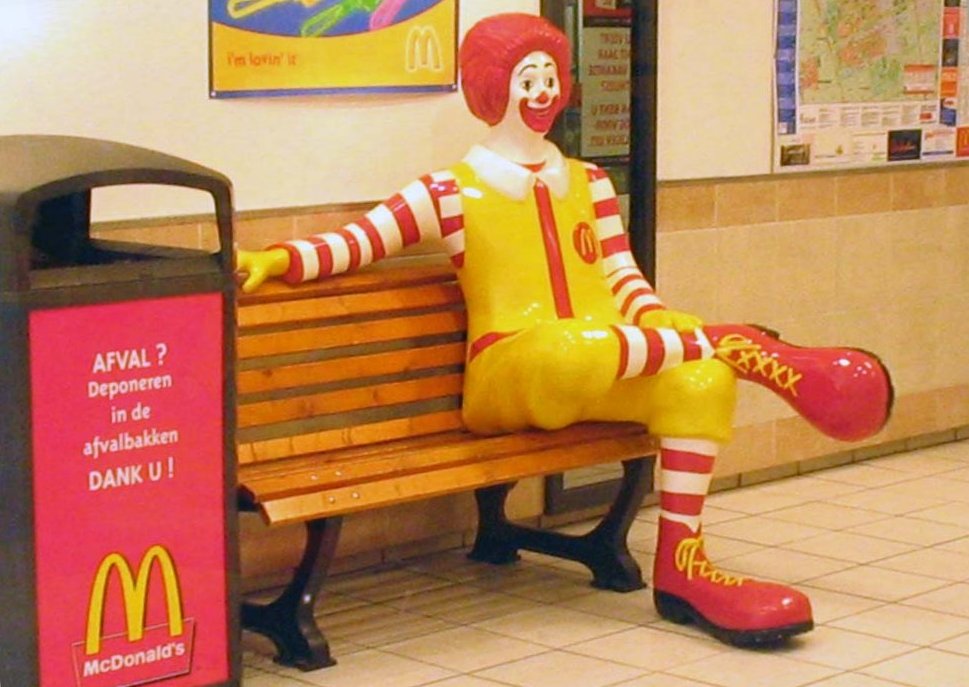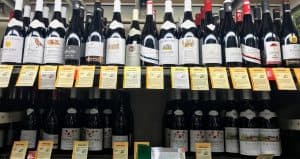Let’s take a look at some new wine books coming out next month that are worth geeking out over.
Feel free to also take a gander at the titles profiled in previous months’ Geek Notes for October, September and August. With the holidays approaching, it’s never too early get ideas for great gifts.
Age Gets Better with Wine Third Edition by Richard Baxter. (Hardcover release November 1st, 2018)
Richard Baxter is a plastic surgeon who wrote his first edition of Age Gets Better with Wine back in, honestly, I don’t know.
The oldest date for the 1st edition I could find was in 2007 yet somehow the 2nd edition came out in 2002. My best guess is that the two years were probably switched by Amazon. However, the Google eBooks copy of the 2nd edition dates to 2009. So who knows?
Regardless, quite a bit has changed in our scientific understanding of wine so this 2018 revision will likely have a lot of new material.
This books intrigues me because of the objective approach it appears to take on the many conflicting studies about the role of wine and health. I’ve not had a chance to read either of the two previous editions but I think I’m going to pull the trigger on this one. Blogger Joey Casco of TheWineStalker.net had a great review of the second edition. Describing it as “a wine-science-history geek’s wet dream”, he posted a 2 minute review of the 2nd edition back in 2016.
What Makes a Wine Worth Drinking: In Praise of the Sublime by Terry Theise. (Hardcover release November 6th, 2018)
Terry Theise is a phenomenal importer who has played a huge role in introducing Americans to the exciting world of Grower Champagne. Additionally, he’s done much to bring attention to the high quality production of small family estates in Germany and Austria.
If you want to learn more about his story, Levi Dalton of I’ll Drink To That! podcast had a fantastic interview with Theise back in 2015 (1:50:22 length).

Pierre Gerbais, a fantastic grower Champagne from the Côte des Bar. The fact that we can find a lot of these gems more easily in the US is because of the efforts of Terry Theise.
Theise’s previous work, Reading between the Wines, was a mix of manifesto and anthology taken from his years of writings for his import catalogs. Now part of the Skurnik portfolio, Theise still regularly writes about vintage years, producer profiles and numerous (often humorous) rants about the world of wine.
Frequently in his writings, Theise expounds on the question that is the title of his current release What Makes a Wine Worth Drinking? What makes a bottle of wine worth the money to procure and the time spent cellaring and savoring? What makes anything worth putting into your body or sharing as part of a moment with loved ones?
Rarely do wine drinkers really stop to think about the answers to those questions. I suspect that Theise’s book will give a lot of food for thought and be a great read.
Good, Better, Best Wines, 2nd Edition: A No-nonsense Guide to Popular Wines by Carolyn Evans Hammond. (Paperback release November 13th, 2018)
This is the updated edition to Hammond’s 2010 release that dived into the world of mass-produced bulk brands and supermarket wines. With the link to the first edition, you can “look inside” and get an idea about her approach and the type of wines being reviewed.
In many ways, I applaud her snob-free approach but I do wonder what audience she is aiming for? Many of the folks who buy the Lindeman’s, Kendall Jackson, Fetzer and Sutter Home wines she reviews aren’t necessarily the folks who purchase wine guides.
While Constellation Brands’ famous Project Genome study of wine buyers found that nearly 1/5th of wine consumers felt “overwhelmed”, these folks were far more likely to seek info on the spot at a retail store versus searching the internet or seeking out a published wine guide.
Likewise, the near third of consumers who fall into the combined categories of “Traditionalists” and “Satisfied Sippers” are already buying their favorite mass produced wines being profiled here. It doesn’t seem likely that one writer’s opinion that Bulk Brand X is slightly better than Bulk Brand Y will sway many people.
Perhaps the 20% of Image Seekers and 12% of Enthusiasts who are more inclined to look at wine guides will be tempted but often these segments of consumers either eventually settle into “Traditionalists” and “Satisfied Sippers” or move beyond the $15 & under category this book focuses on.
Good, Better and Less Snobby

You may not like them or drink them but there is no denying that Gallo has done a masterful job of marketing and selling Barefoot Wines.
However, I do see this book being a huge benefit to students pursuing certifications such as the WSET Diploma level which focuses on the business of wine in Unit 1. Often these students need a bit of an “anti-snobbery” jolt to realize that the vast majority of wine drinkers don’t drink the same kind of wines we do.
In our rush to dismiss these wines, we often forget that there are reasons why things like Barefoot, Franzia and Apothic are top selling brands in the US.
I get it. They’re not my cup of tea either and I don’t vaguely hide my personal sentiments about them much on this blog.
But I do seek to understand them. This is why I give wines like Mamamanago, Apothic Brew, Capriccio and the like, just as much research and effort to figure them out as I do for Petrus and Cristal.
I see value in reading Carolyn Evans Hammond’s Good, Better, Best Wines as a window into the world of the “Traditionalists” and “Satisfied Sippers” and what they are drinking. While I don’t think anyone will ever quite cracked the code of how to convince these drinkers to “trade out”, much less “trade up”, we’ll never come close if we don’t first understand where they’re starting from.
Wine Reads: A Literary Anthology of Wine Writing edited by Jay McInerney. (Hardcover release November 13th, 2018)
I started geeking out over this book back in August when I was profiling Amira K. Makansi’s Literary Libations: What to Drink with What You Read.
Though he is the editor for this anthology, Jay McInerney has written several thoroughly entertaining wine books like Bacchus and Me: Adventures in the Wine Cellar, A Hedonist in the Cellar: Adventures in Wine and The Juice: Vinous Veritas–not to mention several other highly acclaimed works outside of wine.
He does contribute a chapter to Wine Reads which includes over 20 pieces of fiction and non-fiction writings about wine. Other writers in the work includes Rex Pickett (of Sideways fame), A. J. Liebling of The New Yorker, an excerpt from Kermit Lynch’s Adventures on the Wine Route, Jancis Robinson and more.
Just like with Makansi’s book, I can see this being the perfect companion for long flights or train rides.




